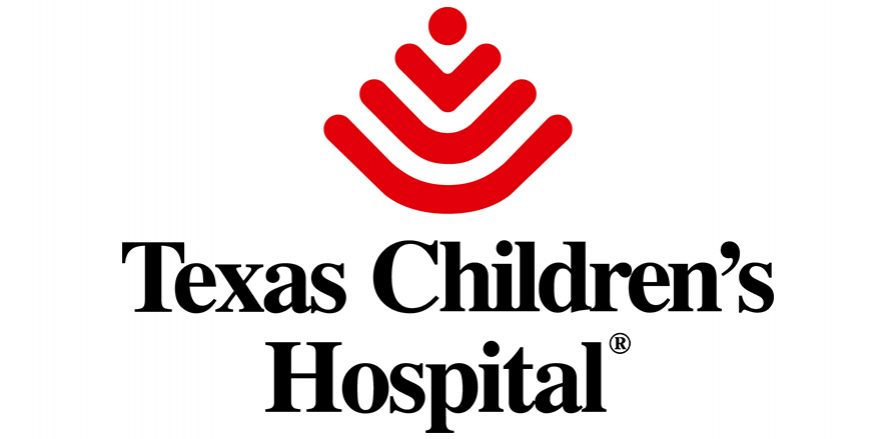
By Dr. Stacey Berg, Pediatric Oncologist
One of the most feared effects of cancer is pain. Both the disease itself and the side effects of treatment can cause a range of discomfort from mild to severe. Patients also have many procedures like blood drawing, spinal taps, and bone marrow aspiration and biopsy that can hurt. The good news is that we have gotten much better at managing pain in children with cancer.
The first step in managing pain is to recognize that a child is suffering from it. Many factors can interfere with adequate treatment for pain in children with cancer. For example, in the past people (including doctors) commonly believed that young children did not feel pain, or that children felt pain differently from adults. Young children may have trouble describing their pain, or may show symptoms like sleeplessness and irritability that aren’t immediately recognized as signs of pain. Sometimes children or their families do not want strong drugs like morphine, because they fear the child will become addicted or the medicine will not work later when it is “really” needed. In some situations, increasing pain may be a sign that the disease is getting worse, so children and parents find it difficult to discuss how much pain the child is suffering.
Fortunately, in the past 20 years we have seen many improvements. Perhaps most importantly, we now take pain in children very seriously. Tools like the “Faces” scale help children tell us how they feel, and even for children who cannot talk we have standard scales to measure the severity of discomfort. New drugs, and in some cases new ways to give the drugs, give us more options to control the pain. For example, where it was once common for patients to have spinal taps and even bone marrows with very little pain medicine, we are now able to give fast-acting drugs that provide good pain relief during the procedure and wear off very quickly with minimal side effects afterwards. We also have topical agents like EMLA or LMX that can be placed on the skin so that the child doesn’t need a “shot” to numb the skin before a procedure.
Another very important development for children with severe pain has been the creation of pain teams and palliative care teams. These teams are groups of doctors, nurses, child life specialists, psychologists, social workers, and other experts who focus on controlling symptoms like pain in children. It is not always possible to make patients completely pain free, but these specialists can help ensure that children are as comfortable as possible at all times during their treatment and after.
Childhood cancer treatment has made great progress in the past 20 years, not only in the number of patients who are cured but also in the management of important symptoms like pain. If you have a question about pain in cancer or you think your child is suffering from pain, be sure to talk to your doctor and treatment team.






